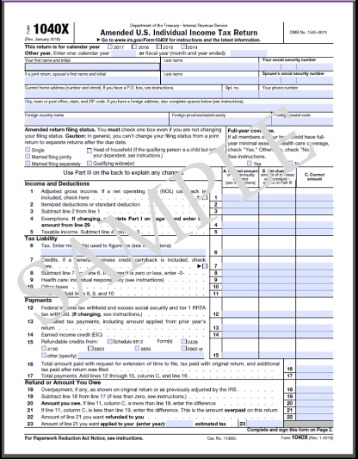
Content

Revenue recognition for service-based work like consulting happens at the time of consulting even if the client pays at a later time. This means Company D should recognize their client revenue in January, even though the cash for those services wasn’t received until April. For most companies—retail stores for example—this is a subtle difference, since the product is delivered as soon as the customer pays for it. But for SaaS and other business types, knowing when to record revenue is more difficult. For most companies—retail stores, for example—this is a subtle difference since the product is delivered as soon as the customer pays for it.
While What Is The Revenue Recognition Principle? are not technically required to adhere to GAAP, they may find it necessary for financing and expansion opportunities. According to the principle of revenue recognition, revenues are recognized in the period when it is earned and realized or realizable .
Regardless of presentation, the revenue recognition principle requires any revenue stream to be reflected in the period that it was earned. Installment sales are quite common, where products are sold on a deferred payment plan and payments are received in the future after the goods have already been delivered to the customer.
Managers use this information to assist in the development of annual budgets and forecasts. In May, XYZ Company sold $300,000 worth of goods to customers on credit.
In order to better understand how revenue recognition principles can be applied in practice, it is worth looking at some relevant case studies. For example, a recent case involved a company that sold customized software packages to customers. The software was sold through multiple installments and involved a combination of customization fees and subscription fees. In this case, it was determined that each installment should be recognized as income as each performance obligation was satisfied. Revenue recognition principles are essential to understand when engaging in any type of business transaction. The generally accepted accounting principles provide a framework for companies to follow in order to accurately record revenue. This article will explore the concept of revenue recognition, breaking down the five-step process, and discussing relevant case studies to illustrate the application of these principles.
The accounting principle regarding revenue recognition states that revenues are recognized when they are earned and realized or realizable . Although this is generally viewed as a positive development, one significant challenge that arises is the issue of judgment versus consistency. Of January 2017 and Rs.6,00,000 in revenue in the January income statement. Thus, it recorded that the company earned revenue in January though it has not received the payment for the same. Balance SheetA balance sheet is one of the financial statements of a company that presents the shareholders’ equity, liabilities, and assets of the company at a specific point in time.
Include information in the financial statement and other disclosures so that readers can understand the significant judgments made in applying the revenue guidance and the basis for those judgments. Such disclosures can help users understand why a particular accounting treatment was used and be more informed when comparing the results of peer companies. Deloitte refers to one or more of Deloitte Touche Tohmatsu Limited, a UK private company limited by guarantee (“DTTL”), its network of member firms, and their related entities.
The four conditions for revenue recognition are:1. An agreement between two parties2. The delivery of a product or completion of a service3. Receipt of payment from the customer4. Realization that the expected economic benefit has been received
The IASB soon followed suit and issued IFRS 15, Revenue from Contracts with Customers. These standards have essentially achieved convergence between the U.S. The customer has the significant risks and rewards of ownership of the asset. A good or service is capable of being distinct if the customer can benefit from it on its own or with other resources that are readily available.
In June, $90,000 was collected and in September, $210,000 was collected. Full BioMichael Boyle is an experienced https://intuit-payroll.org/ professional with more than 10 years working with financial planning, derivatives, equities, fixed income, project management, and analytics.
MICROPAC INDUSTRIES INC Management’s Discussion and Analysis of Financial Condition and Results of Operations (form 10-K).
Posted: Fri, 10 Feb 2023 11:11:05 GMT [source]
If a contract has more than one performance obligation, a company will need to allocate the transaction price to each separate performance obligation based on its relative standalone selling price. In order to standardize processes around revenue recognition, the FASB released ASC 606, which provides a five-step framework for recognizing revenue.
The revenue recognition principle says that revenue should be recorded when it has been earned, not received. The revenue recognition principle using accrual accounting requires that revenues are recognized when realized and earned–not when cash is received. The revenue recognition principle, a key feature of accrual-basis accounting, dictates that companies recognize revenue as it is earned, not when they receive payment.